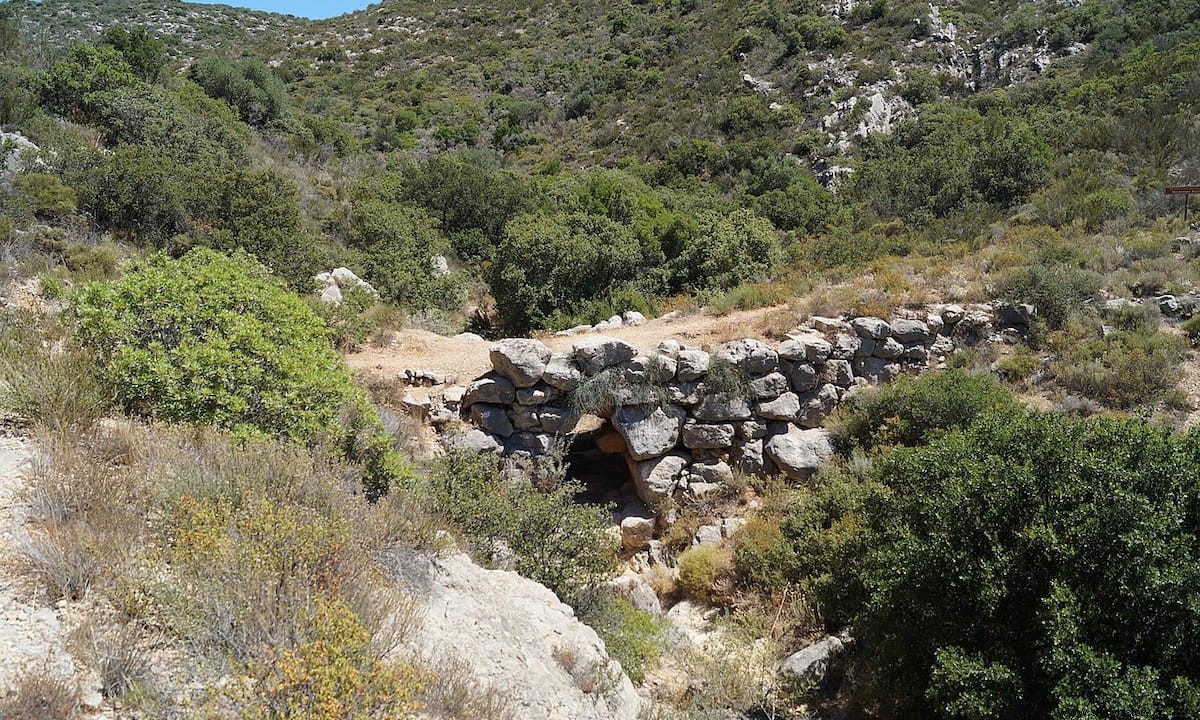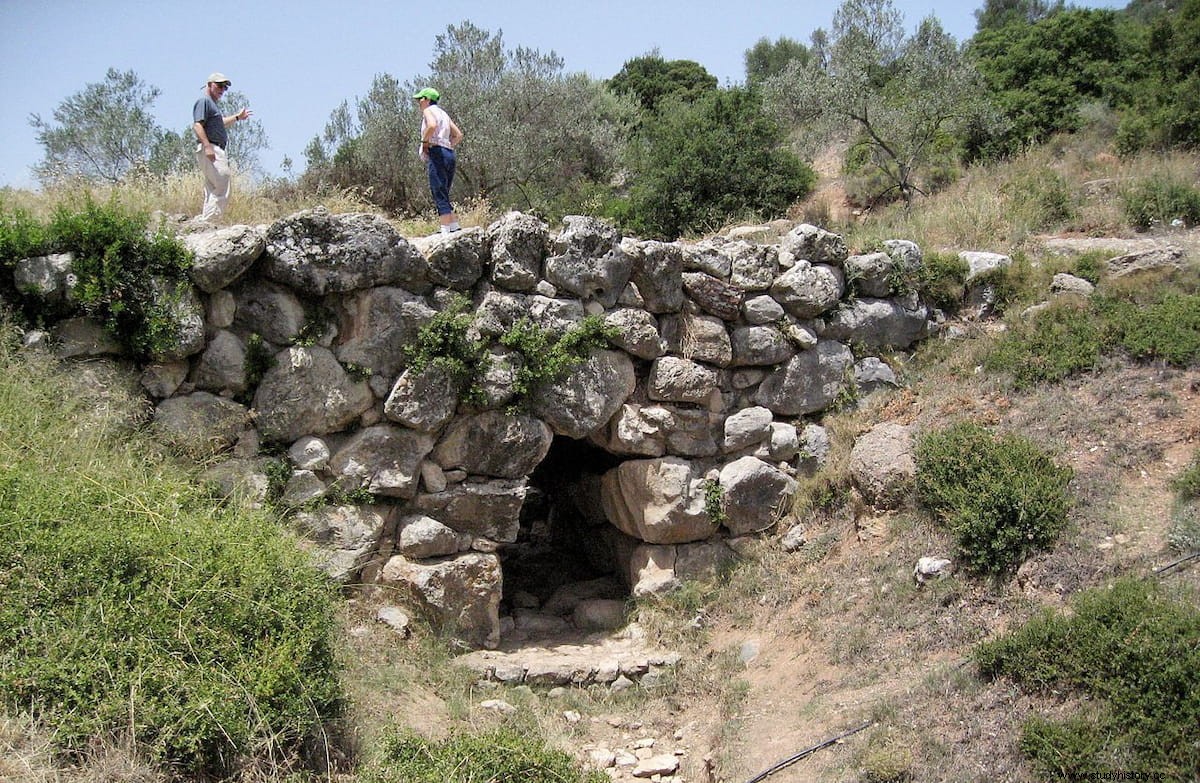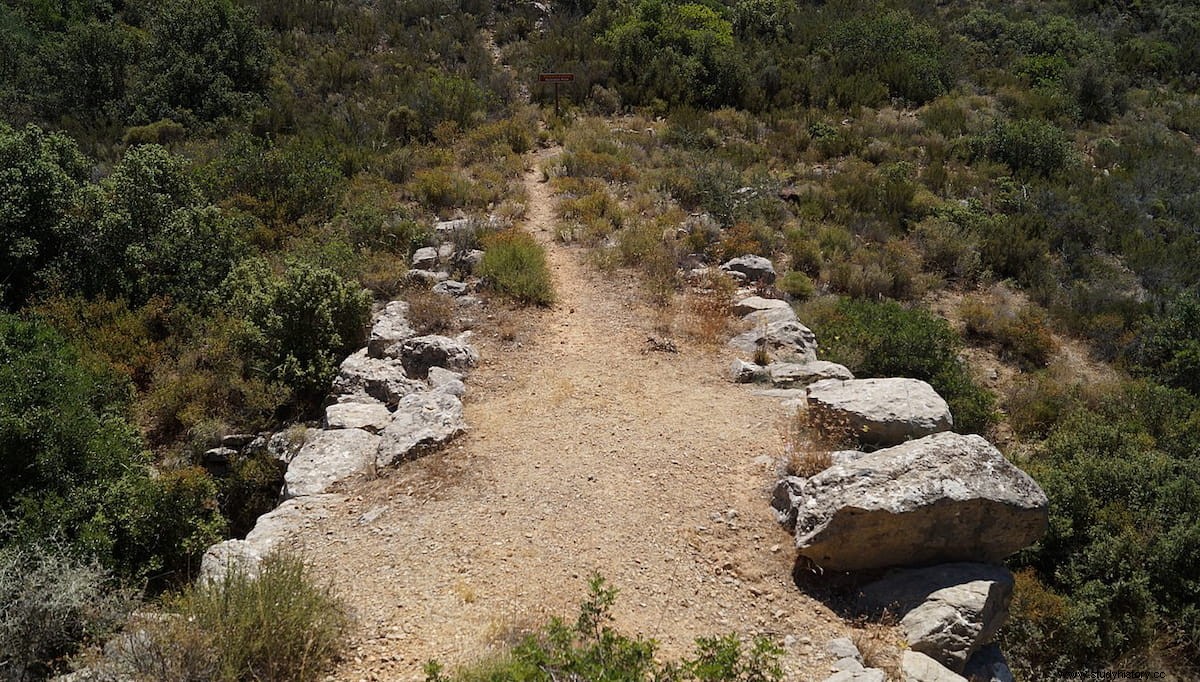On the road that connects the ancient cities of Mycenae and Tiryns with Epidaurus in the Greek Argolis, there are four bridges built during the Bronze Age that are still in use.
One of these bridges is known to be considered one of the oldest bridges in the world, and as the oldest of the European bridges remaining in use. This is the so-called Kazarma Bridge or Arkadiko Bridge.
It is located about 25 meters north of the modern highway from Nafplio to Ligourio, at the height of kilometer 15, 140 meters west of the village of Agios Ioannis and southwest of the acropolis of Kazarma. Its small size contrasts with the huge cyclopean stones used in its construction, typical of Mycenaean fortifications.

Of the four bridges built around 1300 B.C. It is the only one that continues to be used by farmers and residents of the area. A bridge that has a larger span and a slightly higher arch, the Petrogefiri bridge, which crosses the same stream, is impassable, and another, located near the city of Arkadikó, is practically in ruins and buried by sediment deposits.
It consists of a vault with corbel arches made with large blocks of cyclopean rigging, stacked without any type of mortar or cement, but with small stones between the holes to stabilize them.
The opening has a span of approximately one meter, and the entire structure is 22 meters long by 5.60 meters wide at the base and 4 meters high.

The width of the road that crosses it at the top of the bridge is 2.50 meters, a width specifically indicated for the passage of cars.
In the wider region of Likotroupi, north of the Argolis, there is yet another bridge from the same period, with measurements approaching those of the Kazarma bridge:5.20 meters wide at the bottom and 2.40 at the top. the upper one, with a light of just over a meter. Here the road still has curbs to guide cars along the way.

All of them were part of a road that connected the Mycenaean centers with the port of Palea Epidauros. These Mycenaean roads ran along the slopes of the hills and were fortified with retaining walls.
It was not that the tracks were as short as possible, but that the road was as flat and wide as possible so that the cars could cross them without difficulty. Since at that time the horses were not shod, the paths were only covered by a pavement of earth and loose gravel.
